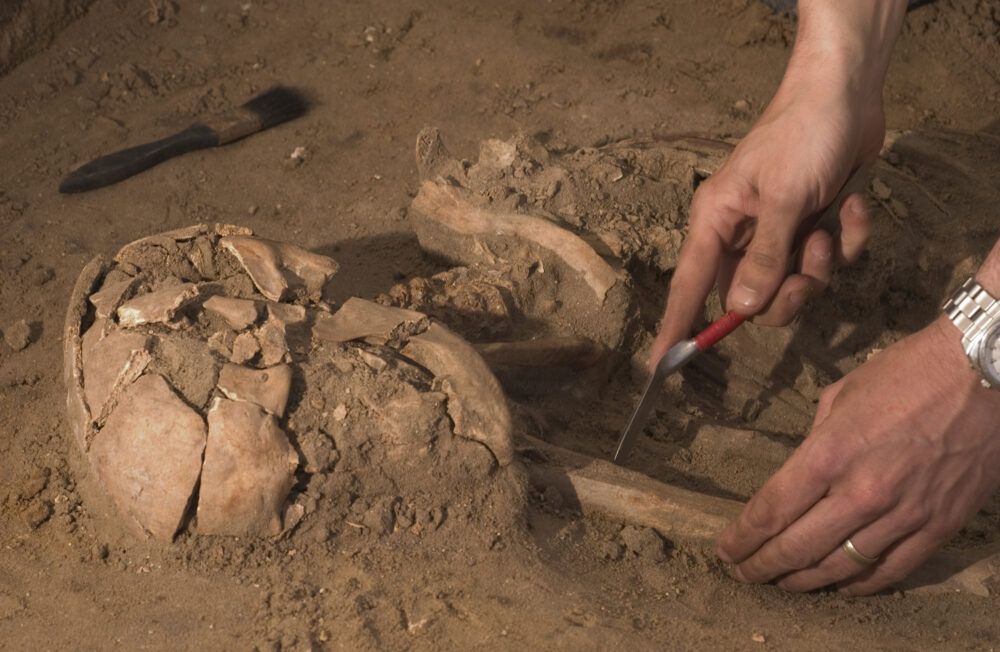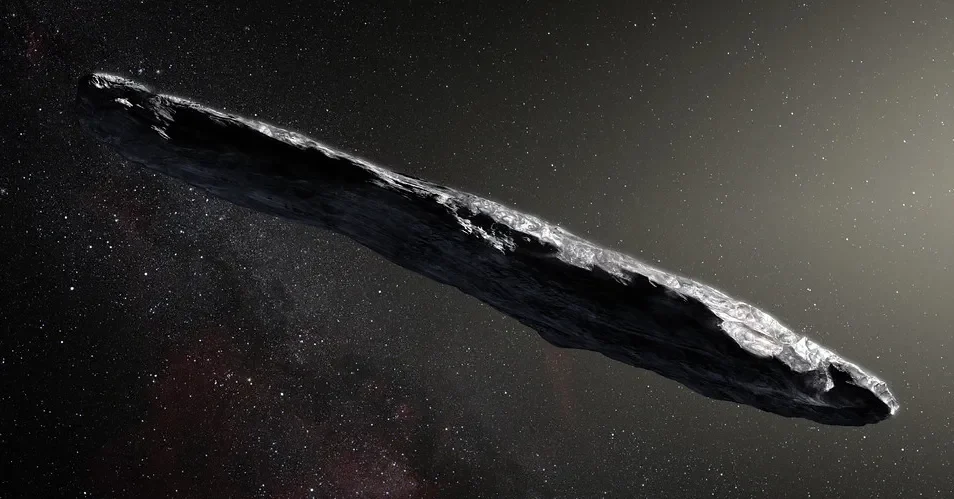A remarkable skull discovered in China, estimated to be around a million years old, could significantly alter our understanding of human evolution. Scientists suggest this fossil indicates that Homo sapiens may have begun to emerge at least half a million years earlier than previously thought.
The skull, known as Yunxian 2, also provides evidence that different human species, including Neanderthals, co-existed for much longer than previously assumed. Researchers claim this discovery may rewrite an important early chapter of human history.
The fossil was uncovered in Hubei Province by a Chinese research team in collaboration with experts from the UK’s Natural History Museum. Initially, Yunxian 2 was thought to belong to Homo erectus, a large-brained early human ancestor. However, new analyses suggest it represents an early version of Homo longi, a sister species comparable in development to Neanderthals and Homo sapiens.
Genetic studies indicate these species lived alongside each other. If Yunxian 2 existed a million years ago, it is likely that early Neanderthals and Homo sapiens were present at the same time, potentially co-existing and interacting for around 800,000 years.
The study’s co-lead, Professor Chris Stringer, emphasized that these findings shift the timeline for the evolution of large-brained humans by at least half a million years. Computer modeling and 3D reconstructions of the fossil allowed scientists to accurately restore its original shape, which was previously distorted, leading to its misclassification as Homo erectus.
Experts, however, caution that while these conclusions are plausible, uncertainties remain, particularly regarding precise timing and the integration of fossils from Africa and Europe. More evidence, including genetic data, is needed to confirm these early human timelines.
This discovery also helps clarify a long-standing issue in paleoanthropology, often referred to as the “muddle in the middle,” by offering a way to classify previously ambiguous fossils as belonging to the major human lineages or their ancestors.
Professor Xijun Ni of Fudan University described human evolution as a complex tree with several branches, noting that these closely related species coexisted and may have interbred over nearly a million years.










